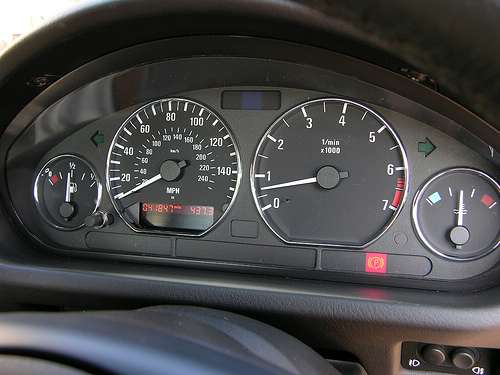Xscopes Qt Debian/Ubuntu Package(s)
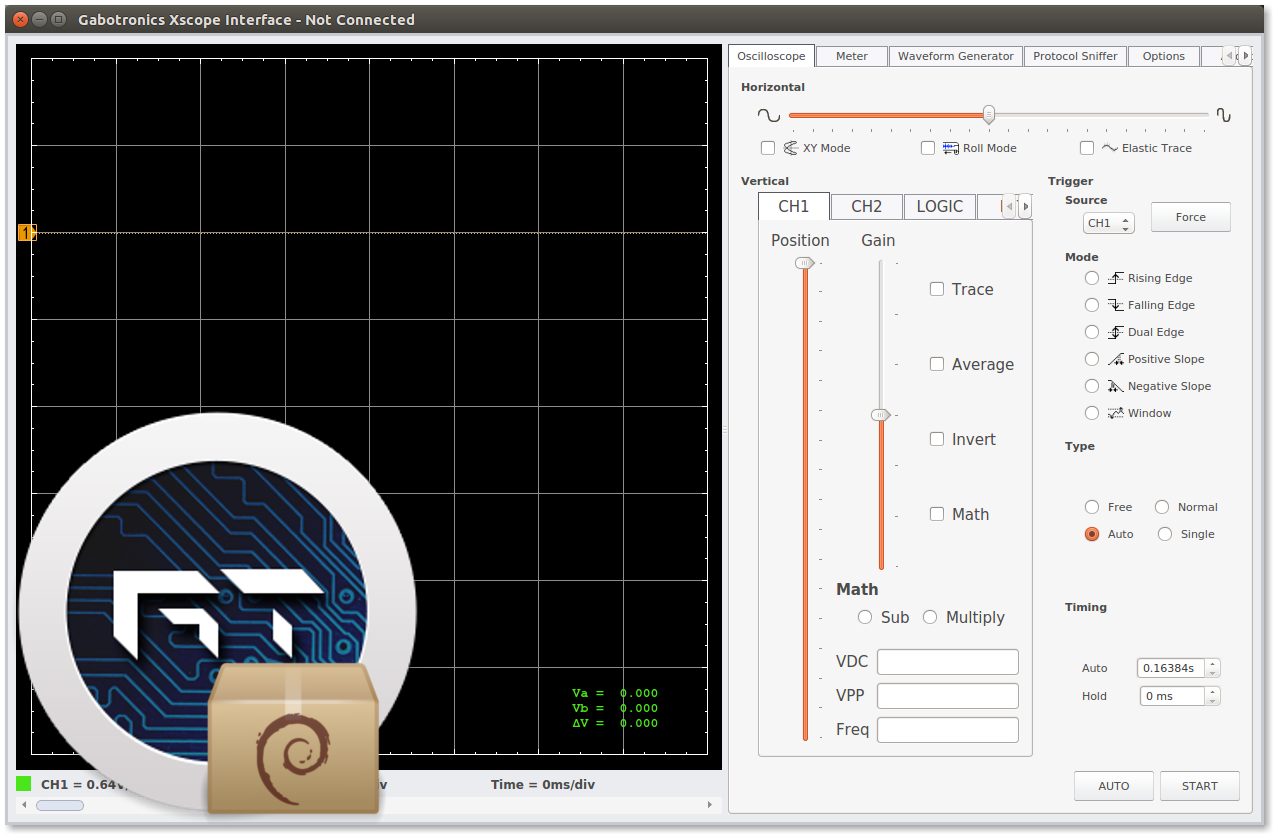

a space for my professional and personal development.

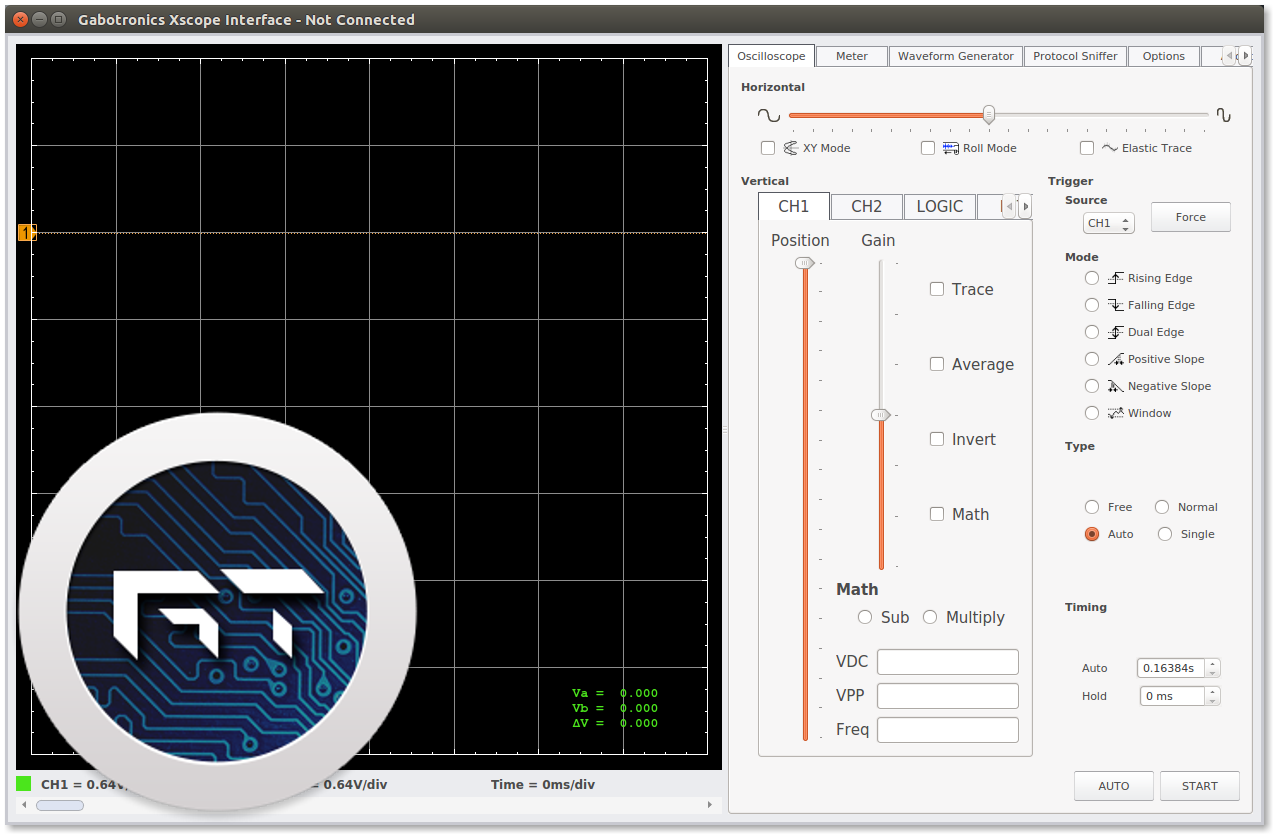
When compiling xscopes-qt on Ubuntu 16.04.2 (x86_64) I get the following error message:
/usr/bin/ld: skipping incompatible .../libs/unix/libusb-1.0.a when searching for -lusb-1.0
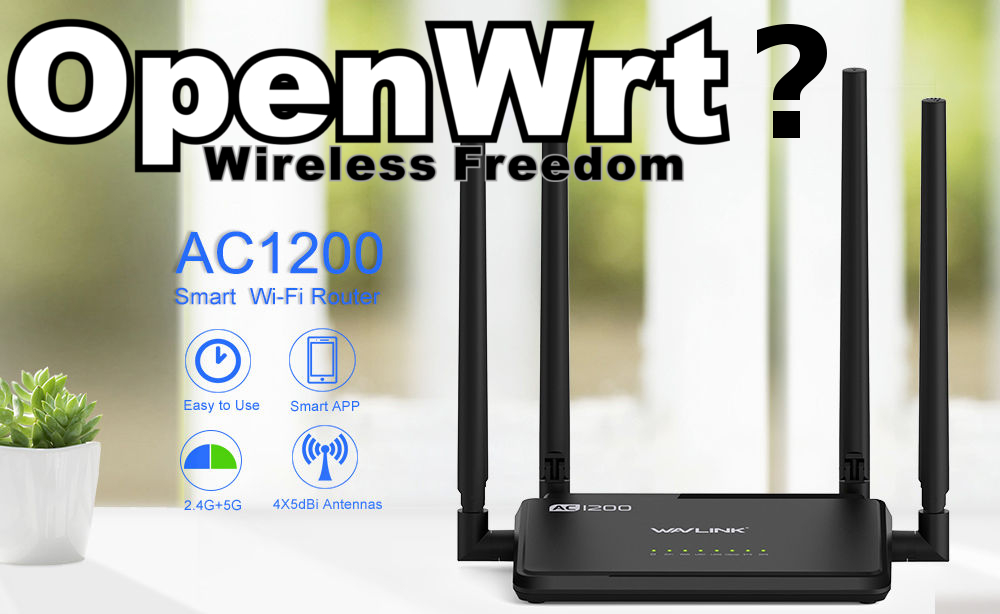



I bought this cheap shield (currently not being sold on eBay) hoping it was going to work but ended up not working out the box. I used coryjfowler’s MCP_CAN_lib library and stuck with the default CS pin #10 and INT pin #2. Here is an example of working code I used for Martin Vijoen’s CAN-BUS Super Sniffer:
Continue reading
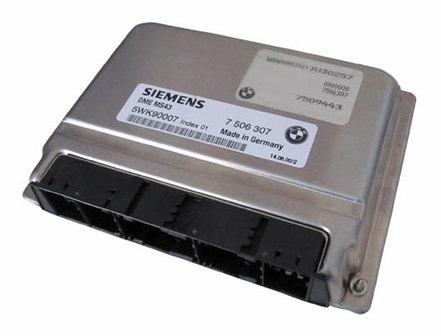
Eventually, this will also be posted on ms43wiki.com page, but for the sake of leaving personal comments, I’ve decided first to post it here first. Ever since I’ve been interested in converting my cluster from analog to digital, I’ve been thinking of the most obvious ways of pulling data off from the DME/ECU to display them digitally. We know that all cars have at least one type of OBDII standard communication, whether it is CAN, K-Line, L-Line, etc identifying the protocol is as easy as looking at the OBDII port on your vehicle and examining which pins are present. My BMW Z3 is running on a K-Line bus which I’ve confirmed on Torque as ISO9141-2 at 5 baud. Unfortunately, a shield supporting the K-Line protocol is not as popular as the CAN BUS protocol. Sparkfun has a shield that supports many OBDII protocols, including K-Line, but it sells at $50, which isn’t really convincing me at the moment. Although an economical K-Line shield isn’t available for the Arduino, making one using a L9637D is quite simple. The only issue is the software side which I suspect will require quite a bit of time to get the DME and the Arduino to communicate with one another if libraries for the L9637D don’t exist yet.
Continue reading
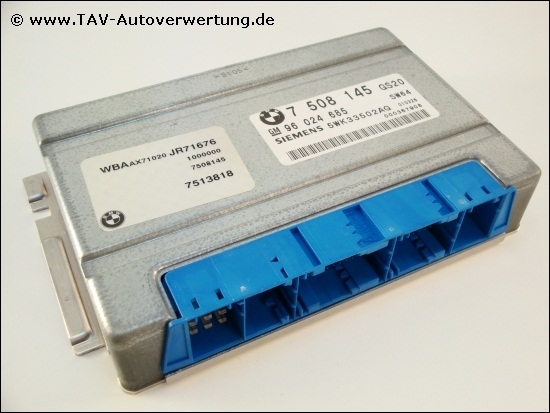
Siemens GS20 and the MS43 have very close similarities. The biggest is the processor and the EEPROM. Traditionally on the MS43 to read and write we use JMFlasher. Since both have the same processor and the same EEPROM, booting the GS20 into boot mode is just like the MS43, by shorting pin 104 as shown below.
Continue reading
